News
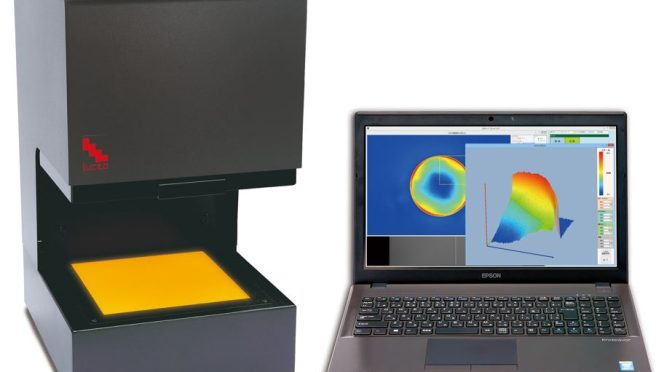
Luceo Co., Ltd. Wins Award for Innovative Semiconductor Wafer Micro-Stress Inspection Machine
Luceo Co., Ltd., a leading manufacturer of optical elements and equipment with over 50 years…

MRS Spring 2023
We are very excited to be attending Materials Research Society Spring Meeting, April 10-14, 2023,…
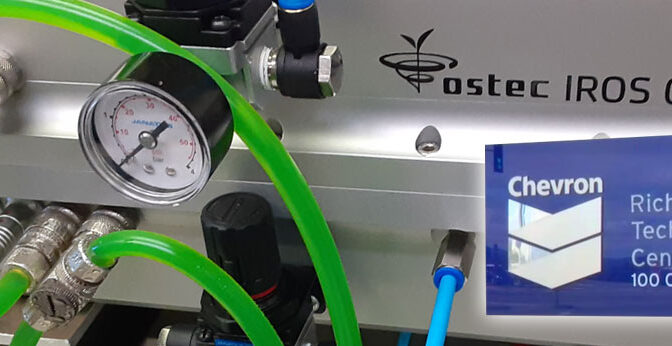
Installation Highlights
We are glad to share the news about the implementation of Barnett Technical Services installation…
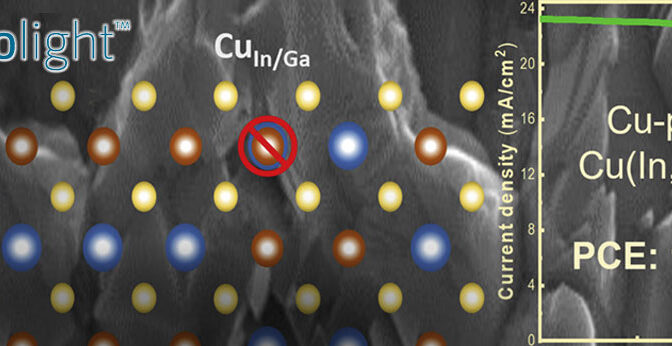
AttoLight’s CHRONOS Time-Resolved Cathodoluminescence for characterizing CIGS SOLAR CELL
Attolight's Chronos time-resolved cathodoluminescence tool was recently used to characterize an advanced Cu(In,Ga)S2 device that showed…

Quantum Diamond AFM
Quantum Diamond Atomic Force Microscope (QDAFM) is a quantum precision measurement instrument based on both…
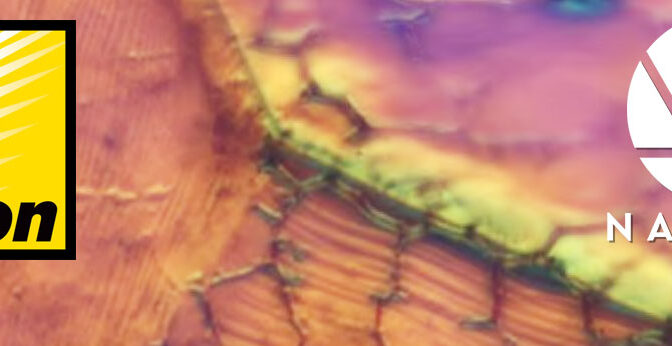
NIKON LV MOD – ACHIEVE SUB-100 NM RESOLUTION ON THE NIKON LV SERIES
Nikon Metrology is partnering with LIG Nanowise to bring super-resolution microscopy using the LIG Nanowise microsphere…
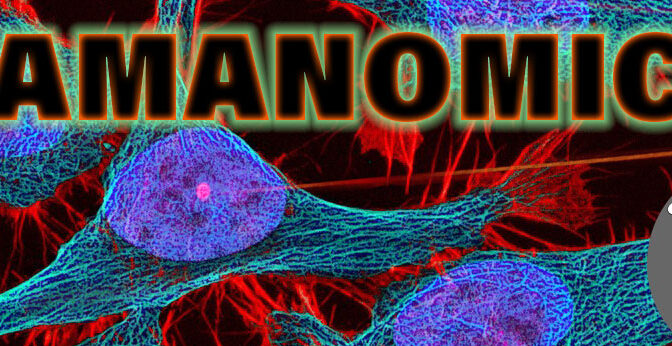
Ramanomics: Quantification of Proteins, Nucleic Acids, & Lipids Inside Eukaryotic Cells
Molecular function in eukaryotic cells can be studied by quantifying proteins, nucleic acids, and lipids…
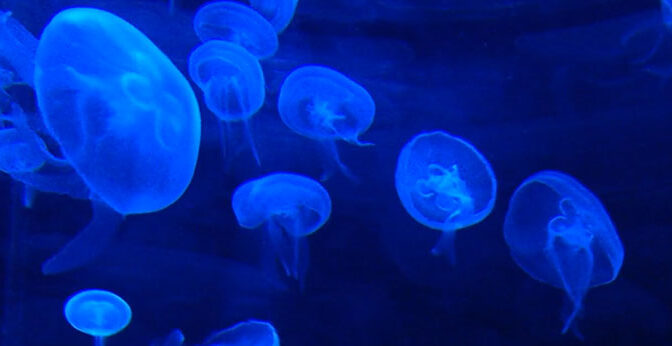
FEDEX SMALL BUSINESS GRANT CONTEST
Barnett Technical Services has entered the FedEx Small Business Grant Contest. To see our entry page,…
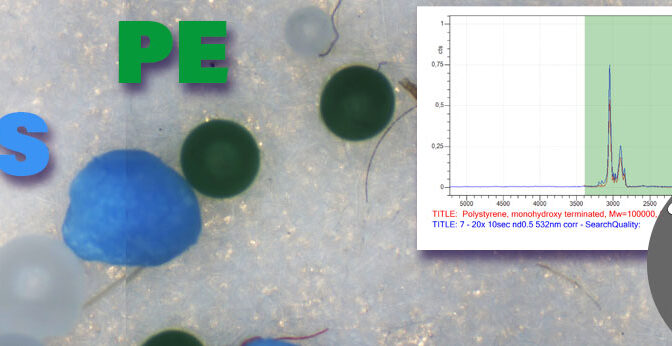
Isolation and Characterization of Microplastics
Microplastics contaminate marine, freshwater and terrestrial ecosystems around the world. The growing prevalence of these…
